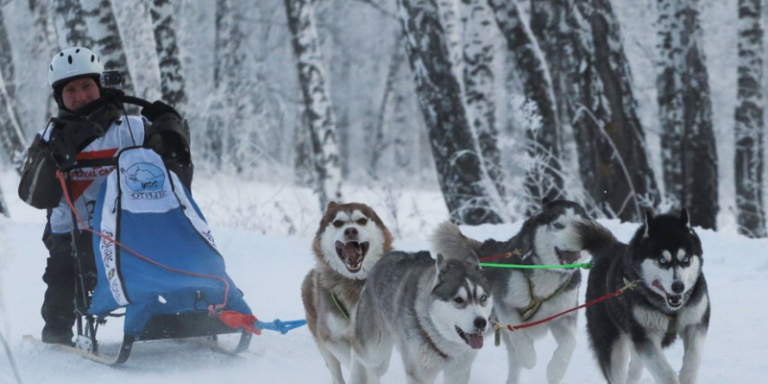Ancient Dog Bone Changes Human Migration Timeline
Testing an ancient dog bone changed what we thought we knew of the first people to come to America.
By: Sarah Cowgill | March 9, 2021 | 413 Words

(Photo by Rostislav Netisov/Anadolu Agency/Getty Images)
When we think we know all we need to know about the first people in America, along comes man’s best friend to teach us yet another lesson in history, loyalty, and, surprisingly, immigration. For generations, scientists and researchers believed the earliest humans in Americas came about 12,000 years ago. They traveled from Siberia across the now-submerged land under the Bering Sea and into North America.
Today, researchers embrace the idea that humans traveled from Siberia through the Alaskan archipelago 16,000 years ago and traveled down the Pacific coast, avoiding massive glaciers migrating down the shorelines.
And all that changed just recently when specimen PP-00128 of the University of Alaska Museum, thought to belong to an extremely old bear, was genetically tested. What scientists found instead was that this bone fragment belonged to one of the first dogs in America.
This bone was found in 1998 when scientists were excavating a tunnel-like cave on the southeastern coast of Alaska, hoping to discover ancient bears’ remains. Archaeologists also discovered the remains of fish, birds, mammals, and humans.
Man’s Best Bud
This femur bone is about 10,200 years old, making its owner the oldest dog known in the Americas, But the pup’s DNA tells an even more remarkable tale.
Researchers have narrowed the domesticating of dogs to Siberia 23,000 years ago. The bone fragment found indicates the dog was a descendent of the earliest known dogs in Siberia. The research team now estimates the two populations (Siberian/Alaskan) split 16,700 years ago based on genetic differences.
Chemical isotopes revealed that this dog ate marine animals, but most dogs aren’t skilled at fishing, and that tells us their human companions fed them fish, seal, and whale scraps that they had successfully hunted. Is it any wonder those puppy dog eyes are so skilled at asking for human food? After 16,000 years of practice asking for food, they have perfected quite a dependent and doleful expression that gets excellent results today.
We don’t know much about the daily life of this Alaskan dog, but researchers have made some reasonable guesses. Robert Losey is an archaeologist who focuses his studies on the human/animal relationship at the University of Alberta. He thinks the dog would have weighed 50-60 pounds and said, “I would expect the dog to have been behaviorally similar to our own dogs, to be well adapted to cold environments, and probably also a participant in hunting, carrying loads, and pulling loads on sleds.”
Good Dog!
















